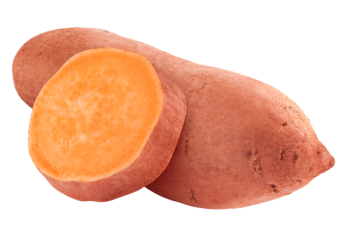
More information through an extra dimension in peak separations
Good news for users analyzing complex sample mixtures: Shimadzu offers an extra dimension in peak separations for all hyphenation technologies in chromatography
Good news for users analyzing complex sample mixtures: Shimadzu offers an extra dimension in peak separations for all hyphenation technologies in chromatography - no matter whether Heart-Cut
This breakthrough solution enables in-depth insights by Shimadzu´s unique
For more information please visit
Newsletter
Join the global community of analytical scientists who trust LCGC for insights on the latest techniques, trends, and expert solutions in chromatography.





